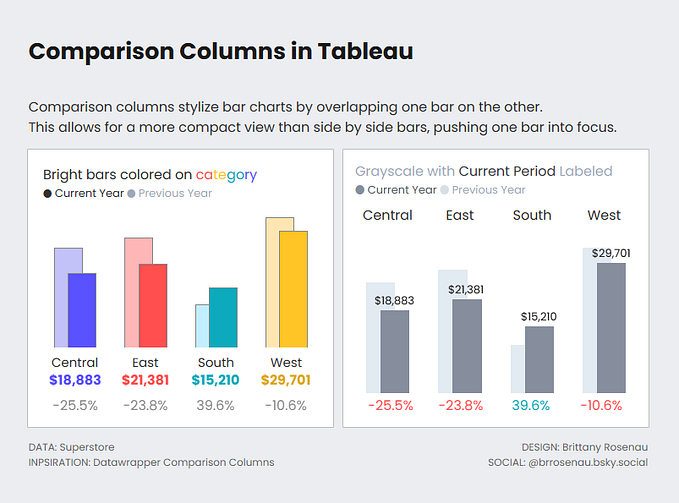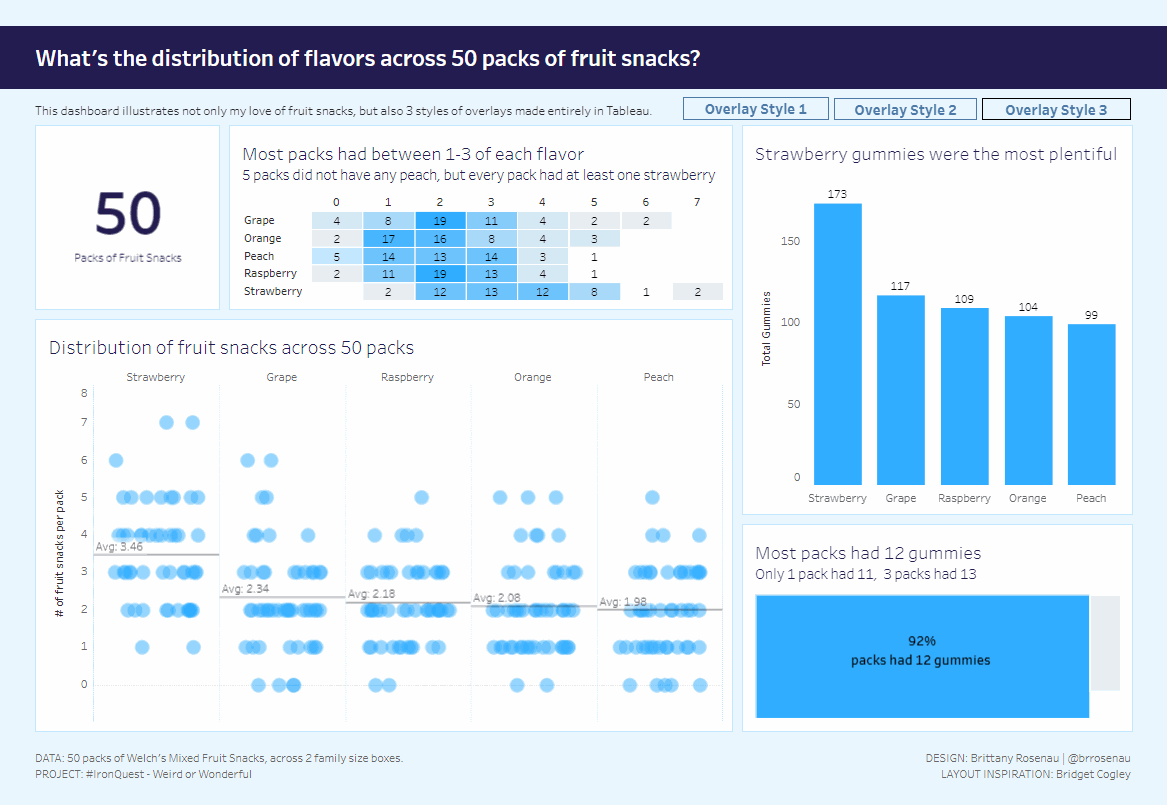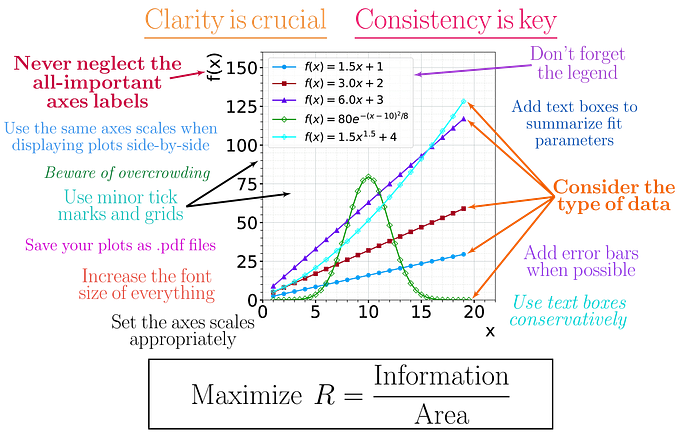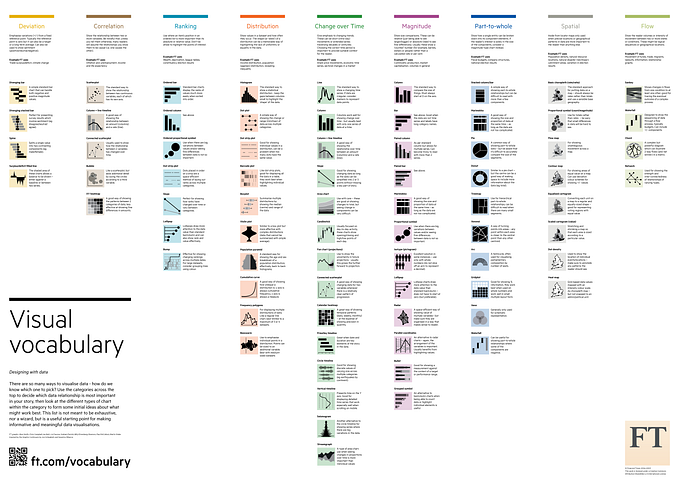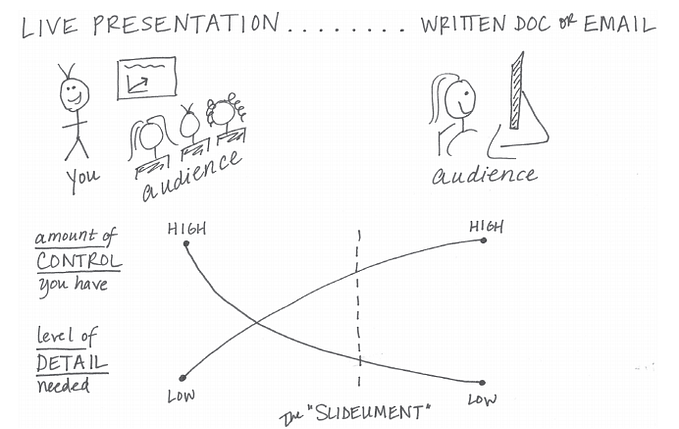10 (not so tiny) Iron Viz Tips

It’s the best time of the data year — Iron Viz season! While I’m sitting out this year, I’m pivoting from my usual Tiny Tableau tips, and sharing a few not so small tips that helped get me to the finals last year.
Read on for how to make the most of a crazy month!
1. Read the rules-all of them
You’ve got roughly a month to prepare your viz- do yourself a favor and read the rules of entry. Yes, that includes the fine print. It may seem like an obvious step, but you don’t want to spend a month working on an entry only to disqualify yourself because you used an unauthorized logo. This year, some judging criteria have been made available. Give it a read, and keep it handy as a reference as your build progresses.

2. Find something you’re curious about- and don’t be afraid to pivot.

I can’t tell you whether your Iron Viz experience will be a marathon or a sprint — maybe it’ll be more like pushing a couch up flights of stairs. Either way, you’re going to have a better time if you’re excited about your data. During my Iron Viz 2023 qualifier, I thought I’d focus on one game like Ticket to Ride or Wingspan. However, I couldn’t find a story I was curious enough about to work on for a month. I ended up pivoting to a broader subject . Although on paper it put me ‘behind’ schedule, landing on a topic I was truly interested in energized me enough to see it through.
3. The clock is ticking- plan accordingly

As of publish date, there’s a little under a month before the deadline. I’m not the most organized person (if you know, you know) but I found having an outline of what I wanted to accomplish each week helped me stay on track. Here’s a sample timeline to adapt according to your needs:
- Week 1: Data Exploration. Aim to have a topic and at least 1 main data set for your topic by the end of the week.
- Week 2: Analysis: time to get that data on the page. Can you find trends? Outliers? This is time to throw the proverbial spaghetti onto the wall and see what sticks. Grab new data sets to fill in the gaps.
- Week 3: Storytelling + Design. This week is a good time to get creative with the visual work. This is also a great week to seek feedback if you haven’t already (see step 5!)
- Week 4: Time to sweat the details. Set aside an hour, an evening, or however long you need to do testing- check to make sure all your filters and interactions work as expected, your tooltips look nice, and everything renders properly after you upload to Tableau Public.
The best part of the feeder is YOU get to choose the data. Use that to your advantage! This year you can viz what you love, the world is your oyster.
4. Save early, save often
Do you have your workbook open now? Click save. There’s few things so acutely annoying as losing hours of work due to a crash.
Personally, I’ve found it fun to also save screenshots along the way, or save multiple versions of my workbook. That way when I’m feeling down, I can see how far I’ve really come — or revert back to a different version if needed. My saved files have turned out to be great resource for reflecting or blogging about the experience later!
Pro tip: go into your Tableau Public settings, and uncheck “Show Published Visualizations on Profile”. This will set your default so that anything you publish does not automatically show on your profile/show up in other’s activity feeds. Don’t forget to unhide your viz once you’ve submitted it!

5. Get feedback — and then get more
Last year was my third year participating in Iron Viz, and the year I sought the most feedback. It also was the year that landed me in the finals!

There are a lot of great feedback initiatives out there. I recommend:
- Sarah Bartlett’s Iron Viz Feedback Initiative. I snagged 2 slots last year, and it was invaluable. You get 15 minutes of unbiased, thoughtful feedback on your work from a variety of community members.
- Viz Office Hours with Michelle Frayman, Nicole Klassen, and Zak Geis. These are some of my favorite people on the internet. They not only have lots of experience vizzing, but also giving constructive feedback.
- The #share-critique channel of the Data Visualization Society (DVS) Slack community (free to join!). The DVS has thousands of members, and it’s great getting feedback from a tool-agnostic community.
- Your non-data viz friends + family. I’m privileged to have landed in the finals last year — but one of my proudest achievements remains creating something that my family enjoyed. Run your viz by some people outside your usual tech circle — they’ll ask questions you didn’t think of, and you’ll find story spots that could use clarification. If they ask how to read a chart, there’s a good chance judges may have questions as well!
Note: I’m serving as a qualifier judge this year, so I can’t provide viz feedback.
6. Go beyond the defaults
It’s easy to look at others’ work and get overwhelmed with where to even start. I don’t think you need to go learn outside tools like Figma, Powerpoint, Illustrator, or others to submit a great entry — just start with going beyond Tableau’s default settings. My first Iron Viz entry was created entirely in Tableau!

This is your chance to use charts that aren’t practical for day to day work, and colors your center of excellence would never approve of. Experiment with padding to give your charts and text breathing room. Maybe try a different background color. Add some images if it helps tell your story. Tired of the same old fonts? Use something else!
Note: not all fonts render the same across the web and machines. In the above image, my viz was designed on a Mac using the font Avenir. Unfortunately, this font doesn’t work on Windows-so it gets rendered as Times New Roman. Elisa Davis has a viz that showcases 7 fonts guaranteed to look the same across any machine:

7. Steal like an artist…
As I mentioned in the last tip, Iron Viz season is the time to go crazy with fun stuff you don’t (or can’t) do in your day to day. Check out Tableau Public for inspiration on what’s possible. See a chart you like? Download a viz and crack it open to reverse engineer it, or seek out blog posts for tutorials on more complex charts. Last year I really wanted to do a plum pudding chart, and this tutorial from Lindsay Betzendahl helped me achieve it.

8. …but try to ignore everyone else
As folks start to publish their work, it’s easy to feel your work might not measure up — I know I felt this all too well. I had incredible anxiety leading up to the deadline, wondering if what I’d do was enough. Watching entries roll in, it was tempting to compare my work against those I looked up to, and wonder if it was even worth finishing.
While it’s great to draw on the community for inspiration, sometimes it can be helpful to put some blinders on. If it helps, limit the time you spend on social media, and find an accountability buddy or two to help cheer you on to the finish line. The viz you are creating is a story that only you can create — and that’s what makes it great.
9. Step away from your desk
When the topic for Iron Viz 2023 was announced, I was caught a bit off guard. At that time, I had already planned a week to visit my grandparents. At first, I wondered how I was going to work on my viz during that time, but then, I just decided not to. I only have so many visits left with my grandparents; I didn’t want to look back and regret spending time on the computer instead of with them.

Looking back I know I made the right choice. I had a great visit with them, the kind I won’t be able to get again. I found that posting that I was spending some time away also encouraged others to take time away.
I also recognize that because of my circumstances last year, I may have had more time outside of work to put towards Iron Viz than others. I don’t know that there’s a ‘right’ amount of time to spend — we all have different commitments. No matter your situation, it’s useful to schedule breaks. At the end of the day you’re not compensated for the time you put in, so it’s important to define your personal boundaries (and of course, make sure you’re still having a good time through the process).
10. Hit submit — Win or Learn, you can’t lose
One year I saw a comment that folks should only enter if they’re putting their best work into their submission — my hot take is I completely disagree with that sentiment. You should enter Iron Viz if you want to enter Iron Viz.
Yes, Iron Viz is my favorite data competition of the year. But who can judge what is someone’s ‘best’ work? My first Iron Viz entry was truly some of my best work. I still think it’s better than most of the stuff I’ve published this year. While I didn’t make it to the finals, I had a viz I was proud of, and had a great time working on it and sharing it with others.
My second year entering, my circumstances were different. I was stretched in the job I had, as well as in the middle of an interview loop with a different company. I struggled with the chosen topic. Once again, I had some much overdue scheduled time off during Iron Viz month. I did not have the time or energy to put in what I could the previous year. So I set different goals for myself, including improving my use of containers, taking advantage of feedback loops, and documenting my Iron Viz process. I told myself that if someone looked at my entry and thought “hey I could do that” and be inspired to enter, that would be a win.

By year 3, I entered for the joy of the competition. I didn’t think I’d win- although knowing that there are around 300 submissions made it feel possible there was a chance I could make the top 10. I knew I wanted to try some different chart types, stick to a limited color palette, and build something with more of a story. As it turns out, I not only placed in the top 10 but made it through to the finals. That’s a blog post for a different day.
This year, I won’t be entering the competition — I had a great experience last year, and I’m excited to see who gets to go on stage this time. I’ll be volunteering as a judge in the qualifiers, and I hope this year has a record number of submissions. If you’re considering entering, I hope you’ll know that while I can’t give you feedback on your submission:
- I don’t know or care what your ‘best’ is — I’m just happy you’re entering.
- Your entry won’t waste anyone’s time —all judges are volunteers
- Win or Learn: You. Can’t. Lose.
You can’t win what you don’t enter. Or as I often said in the last year — watch out for what you ask for, you just might get it 😂.
I love seeing the submissions each year, and I hope whether it’s your first time entering or fifth, you enjoy the process and make a new friend or two in the community along the way.
Know that I’ll be cheering you on from the sidelines. If you’ve made it this far, thank you — I appreciate your time, and I hope you found at least one of these points useful. And maybe I’ll see you on stage in San Diego at Tableau Conference in 2024!


